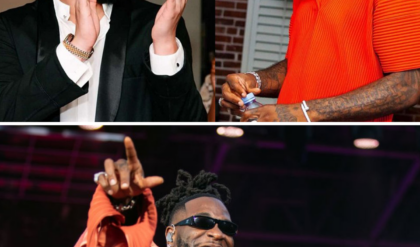The Caitlin Clark Controversy: A Critical Look at Team USA’s Olympic Selection

The decision to leave Caitlyn Clark off Team USA’s Olympic roster has ignited a firestorm within the world of women’s basketball. As one of the most celebrated rookies in the WNBA, Clark’s exclusion from the 12-player roster for the Paris 2024 Olympics has sparked fierce debate among fans, analysts, and basketball commentators alike.
Cheryl Reeve, the head coach of the Minnesota Lynx and a key figure in the selection process for Team USA, found herself at the center of this controversy. Her dismissive response to a question about Clark’s Olympic future, “Why the hell would I answer a national team question? I’m wearing Lynx,” was met with outrage. This statement underscored a broader conflict within the sport regarding the balance between veteran experience and emerging talent.
Clark’s exclusion is particularly surprising given her remarkable rookie season, where she made headlines with record-breaking performances and was the number one overall draft pick. Her omission from the roster has led many to question the selection criteria employed by the committee, which is headed by Jen Rizzotti. The committee’s focus was reportedly on playing ability, position, and adaptability to international play, yet Clark’s star power and potential to attract new fans were not explicitly considered. This has led to a heated debate about whether Team USA missed an opportunity to leverage Clark’s immense popularity to boost interest in women’s basketball.

Critics argue that Clark’s exclusion represents a missed chance to showcase one of the sport’s brightest young stars on a global stage. They suggest that her presence could have generated excitement and helped grow the audience for women’s basketball, a sport that continues to battle for greater recognition and support. In contrast, supporters of the committee’s decision emphasize that the Olympics require a cohesive and effective team rather than a collection of individual stars. They argue that the selection process must prioritize players who can work seamlessly within the team’s structure and adapt to the unique challenges of international competition.
This controversy raises broader questions about how sports teams should be built, especially in high-profile international competitions. Should the selection process favor established veterans or embrace emerging talent? Is there a balance between immediate team needs and potential future contributions? The debate is reflective of the growing pains of women’s basketball as it strives for greater prominence.
Cheryl Reeve’s strategy, which appears to favor veteran players like Diana Taurasi and Chelsea Gray, has faced scrutiny. Critics argue that by relying heavily on established stars, Team USA risks overlooking the dynamic potential of younger players like Clark. They caution that this approach might hinder the team’s long-term success, especially as international competition becomes more formidable.

Adding fuel to the fire, Reeve’s tweet, which seemed to downplay the importance of individual star power, was seen by many as a direct critique of Clark. This comment further highlighted the tension between team cohesion and individual brilliance. While Reeve’s focus on a well-rounded squad is understandable, critics argue that overlooking exceptional talent like Clark’s could be a strategic misstep.
As Team USA prepares for the Paris Olympics, the implications of this controversy extend beyond just the immediate competition. If the veteran-heavy squad fails to deliver, it could impact future selection processes and strategies. The absence of Clark’s star power might also affect fan engagement and media coverage, potentially impacting sponsorship opportunities and the sport’s overall growth.
Looking ahead, the 2028 Los Angeles Olympics represent a potential redemption opportunity for Clark. By then, she will likely be at the peak of her career and could prove invaluable in future international competitions. The current controversy could influence how future Olympic teams are selected, potentially leading to a more balanced approach that integrates both established stars and emerging talent.
The Caitlyn Clark controversy is not just about one player or one team; it is a reflection of the broader challenges facing women’s basketball as it seeks greater recognition and support. The debate about balancing tradition with innovation in team selection will likely continue, shaping the future of the sport. As the Paris Olympics approach, all eyes will be on Team USA to see how their choices play out on the court and whether they can address the growing concerns about their selection strategy.





